
Grindavik: A Geothermal Wonderland by the Sea
Discover Grindavik, Iceland's coastal gem, renowned for its geothermal wonders, stunning landscapes, and the world-famous Blue Lagoon. A haven for nature enthusiasts and relaxation seekers.
Grindavik, nestled on the rugged Reykjanes Peninsula, is a charming fishing village known for its stunning coastal views and geothermal wonders. As you approach the town, the dramatic landscape with its volcanic craters and lava fields will leave you mesmerized. Grindavik is a gateway to some of Iceland's most breathtaking natural attractions, making it a must-visit destination for nature lovers and adventure seekers alike. The crown jewel of Grindavik is undoubtedly the Blue Lagoon, a world-renowned geothermal spa with milky-blue waters rich in minerals. Here, you can soak in the warm, soothing waters while surrounded by jet-black lava fields, creating a surreal and otherworldly experience. The spa offers a range of treatments and amenities, ensuring a relaxing and rejuvenating visit. Beyond the Blue Lagoon, Grindavik boasts a wealth of outdoor activities. Explore the Reykjanes Geopark, a UNESCO Global Geopark, where you can hike along marked trails, discover geothermal hot spots, and witness the raw power of nature. The nearby Gunnuhver Hot Springs and the Bridge Between Continents are also worth a visit, offering unique geological insights and stunning photo opportunities. Grindavik's coastal location means fresh seafood is always on the menu. Enjoy a meal at one of the local restaurants, where you can savor dishes made from the catch of the day. The town's friendly atmosphere and authentic Icelandic charm make it a delightful place to unwind and immerse yourself in the local culture.
Local tips in Grindavik
- Bring a bathing suit for the Blue Lagoon; towels and robes are available for rent.
- Wear sturdy shoes for hiking in the Reykjanes Geopark due to uneven terrain.
- Check the weather forecast before heading out as conditions can change rapidly.
- Visit during off-peak hours to avoid crowds at the Blue Lagoon.
- Try local seafood dishes at Grindavik's restaurants for a true taste of Iceland.
Grindavik: A Geothermal Wonderland by the Sea
Grindavik, nestled on the rugged Reykjanes Peninsula, is a charming fishing village known for its stunning coastal views and geothermal wonders. As you approach the town, the dramatic landscape with its volcanic craters and lava fields will leave you mesmerized. Grindavik is a gateway to some of Iceland's most breathtaking natural attractions, making it a must-visit destination for nature lovers and adventure seekers alike. The crown jewel of Grindavik is undoubtedly the Blue Lagoon, a world-renowned geothermal spa with milky-blue waters rich in minerals. Here, you can soak in the warm, soothing waters while surrounded by jet-black lava fields, creating a surreal and otherworldly experience. The spa offers a range of treatments and amenities, ensuring a relaxing and rejuvenating visit. Beyond the Blue Lagoon, Grindavik boasts a wealth of outdoor activities. Explore the Reykjanes Geopark, a UNESCO Global Geopark, where you can hike along marked trails, discover geothermal hot spots, and witness the raw power of nature. The nearby Gunnuhver Hot Springs and the Bridge Between Continents are also worth a visit, offering unique geological insights and stunning photo opportunities. Grindavik's coastal location means fresh seafood is always on the menu. Enjoy a meal at one of the local restaurants, where you can savor dishes made from the catch of the day. The town's friendly atmosphere and authentic Icelandic charm make it a delightful place to unwind and immerse yourself in the local culture.
When is the best time to go to Grindavik?
Iconic landmarks you can’t miss
Blue Lagoon
Discover the therapeutic waters of Blue Lagoon, a geothermal spa that offers relaxation and rejuvenation in the stunning landscapes of Iceland.
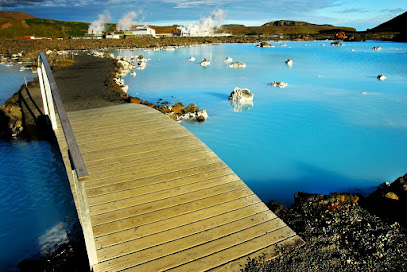
Café Bryggjan
Discover the flavors of Iceland at Café Bryggjan in Grindavík, where stunning views meet delicious local cuisine in a cozy atmosphere.
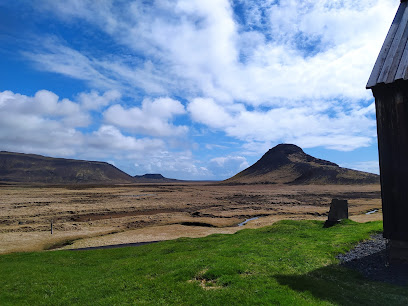
Viking World
Explore the Viking Age at Viking World, an interactive museum showcasing Iceland's rich Norse heritage with exhibits and artifacts.
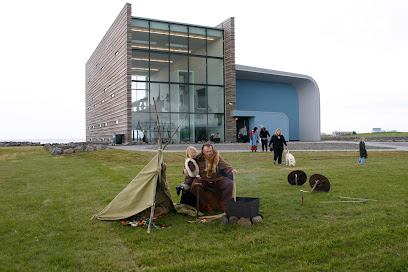
Grindavík Campsite
Discover nature's beauty at Grindavík Campsite, your gateway to Iceland's stunning landscapes and geothermal wonders.

Reykjanes Lighthouse
Visit Reykjanes Lighthouse for stunning views, rich history, and the breathtaking coastal beauty of Iceland's Reykjanes Peninsula.
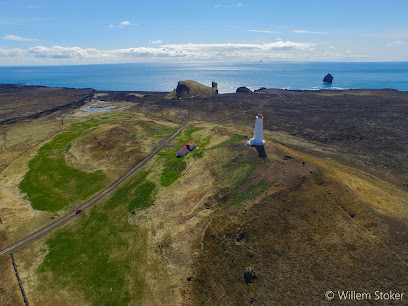
Outside Blue Lagoon
Discover the enchanting Blue Lagoon in Grindavik, Iceland, a geothermal spa renowned for its stunning blue waters and breathtaking natural beauty.
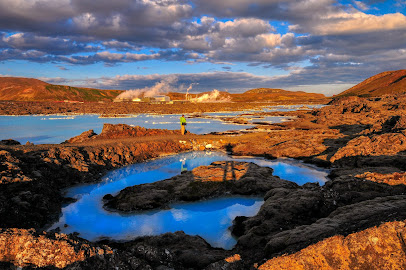
hjá höllu
Discover the finest Scandinavian and vegetarian cuisine in Grindavík at Hjá Höllu - a health-conscious dining experience.
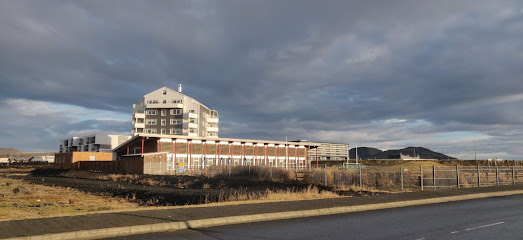
Selatangar
Discover the Viking heritage at Selatangar, a historical landmark on Iceland's stunning coast, surrounded by breathtaking natural scenery.

Mar Guesthouse
Discover the warmth and comfort of Mar Guesthouse, your perfect base for exploring Iceland's breathtaking landscapes and the famous Blue Lagoon.

N1 Self-service
N1 Self-service in Grindavík: Your essential 24/7 gas station for snacks, fuel, and friendly service on the Reykjanes Peninsula.
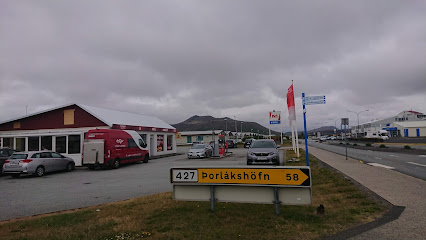
Hópsnes Lighthouse
Explore the iconic Hópsnes Lighthouse on the Reykjanes Peninsula, a picturesque landmark rich in maritime history and stunning coastal views.
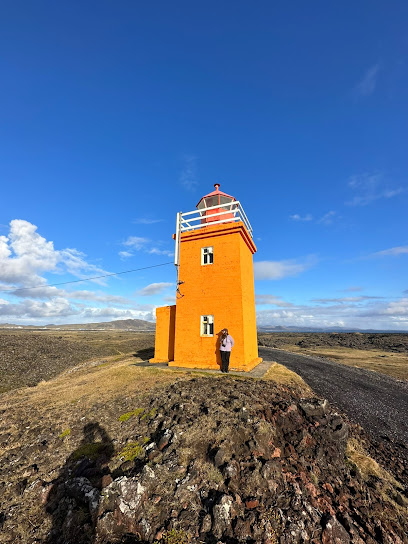
Reykjanes Guesthouse
Stay at Reykjanes Guesthouse for a cozy retreat in Grindavik, Iceland, and explore the stunning beauty of the Reykjanes Peninsula.
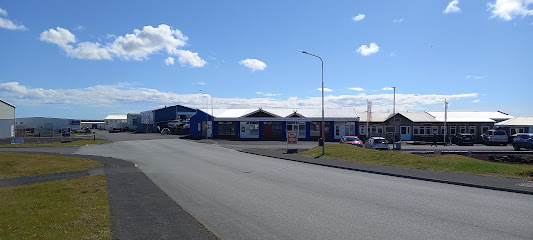
Guesthouse Borg
Experience the charm of Grindavík at Guesthouse Borg: your cozy retreat for exploring Iceland's stunning landscapes and local culture.

Hrafn Sveinbjarnarson III Ship Wreck
Explore the haunting beauty of the Hrafn Sveinbjarnarson III Ship Wreck, a captivating historical landmark in Iceland's stunning Grindavik region.
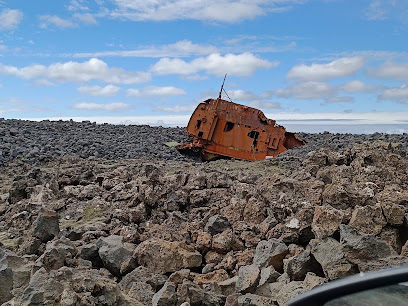
Grindavik Guesthouse
Discover the comfort of Grindavik Guesthouse, your cozy base for exploring the stunning landscapes and the famous Blue Lagoon in Iceland.
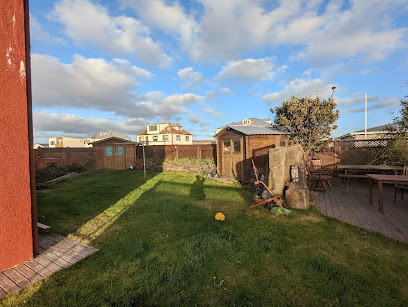
Unmissable attractions to see
Blue Lagoon
Discover the rejuvenating power of the Blue Lagoon, Iceland's iconic geothermal spa, set amidst stunning lava fields and natural beauty.
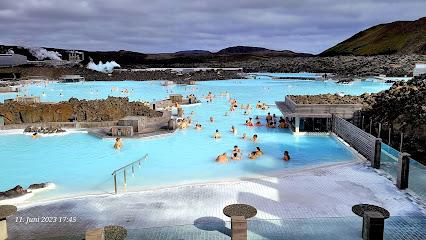
Sun Voyager
Experience the beauty and heritage of Iceland at the Sun Voyager, a stunning sculpture symbolizing exploration and freedom on Reykjavik's serene waterfront.
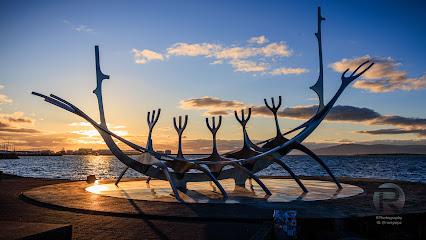
Harpa Concert Hall and Conference Centre
Explore Harpa Concert Hall in Reykjavik, where stunning architecture meets vibrant cultural experiences, from concerts to art exhibitions.
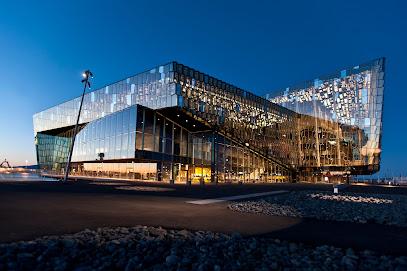
Sky Lagoon
Discover the enchanting Sky Lagoon in Kópavogur, where soothing geothermal baths meet breathtaking Icelandic landscapes for a serene escape.
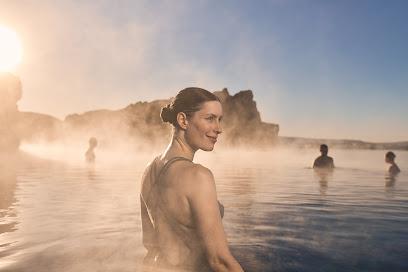
Tröll Expeditions HQ
Explore Iceland's breathtaking landscapes with Tröll Expeditions, your gateway to unforgettable adventures in the heart of Reykjavík.
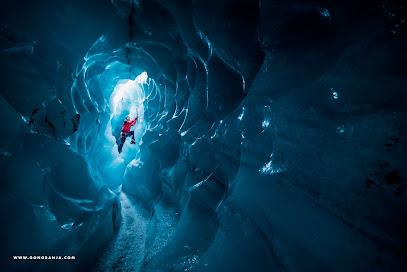
The Icelandic Phallological Museum
Discover the whimsical side of biology at The Icelandic Phallological Museum in Reykjavik, a unique attraction celebrating the male anatomy from various species.
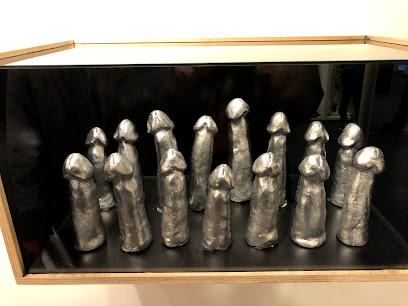
FlyOver Iceland
Soar above Iceland's breathtaking landscapes with FlyOver Iceland, an immersive experience combining adventure and stunning visuals.
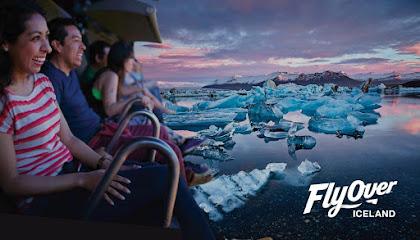
Bridge Between Continents
Experience the unique geological wonder at the Bridge Between Continents, where you can stand between two tectonic plates in breathtaking Iceland.
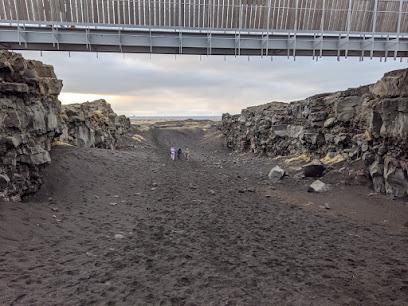
National Museum of Iceland
Discover Iceland's rich history and culture at the National Museum of Iceland, featuring exhibits from the Viking Age to modern times.
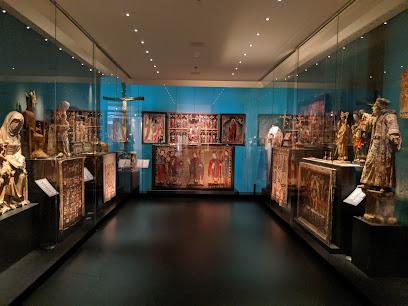
Arctic Adventures
Experience Iceland's breathtaking landscapes with Arctic Adventures, your premier tour operator in Reykjavik offering thrilling outdoor excursions and sustainable tourism.
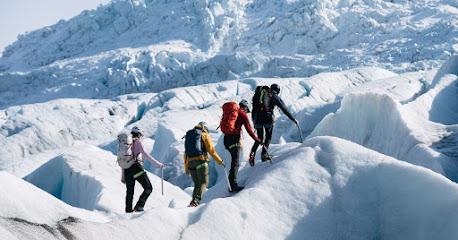
Krýsuvík
Explore Krýsuvík: A mesmerizing geothermal landscape in Iceland filled with vibrant colors, bubbling mud pools, and stunning natural beauty.
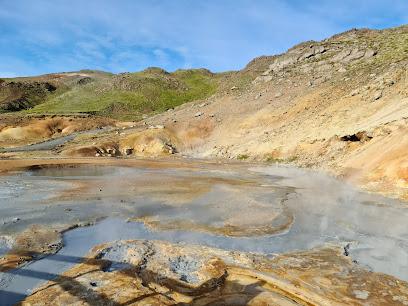
Whales of Iceland
Explore the stunning world of whales at Whales of Iceland, where life-sized models and interactive exhibits bring marine life to life in the heart of Reykjavik.
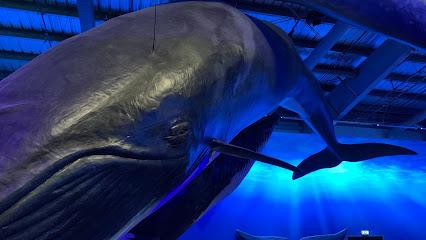
Skólavörðustígur Rainbow Street
Discover the vibrant Skólavörðustígur Rainbow Street in Reykjavik, where colorful architecture meets local art and culture.

Gunnuhver Hot Springs
Discover the breathtaking Gunnuhver Hot Springs, a geothermal paradise featuring vibrant steam vents and stunning landscapes in Iceland's Reykjanes Peninsula.
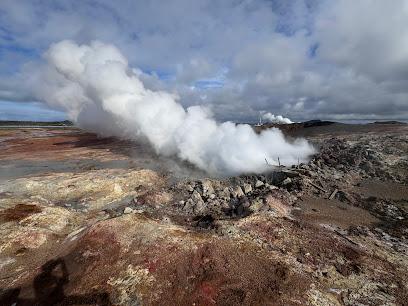
Laugardalslaug
Experience the soothing geothermal waters of Laugardalslaug, Reykjavik's premier public swimming pool, offering relaxation and recreation for all ages.
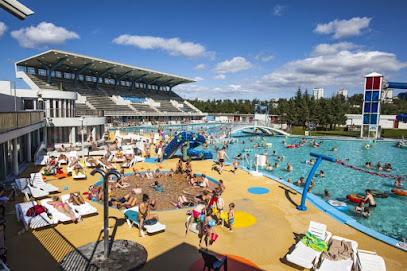
Essential places to dine
Café Bryggjan
Discover authentic Icelandic flavors at Café Bryggjan in Grindavík, where fresh ingredients meet stunning views.
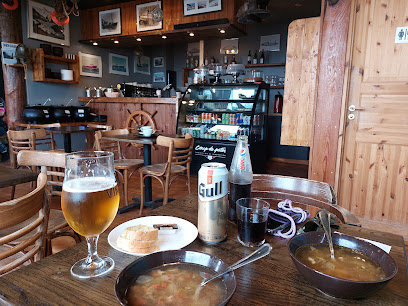
Papas' Restaurant
Experience delightful comfort food at Papas' Restaurant in Grindavik - your family-friendly destination for fish and chips, burgers, and pizza.
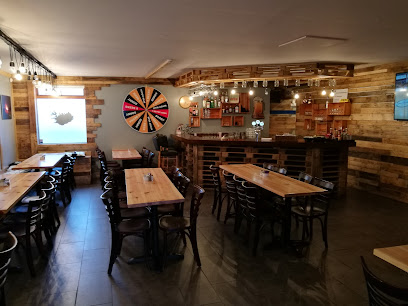
Lava Restaurant
Experience exquisite Icelandic cuisine at Lava Restaurant amidst stunning geothermal landscapes.
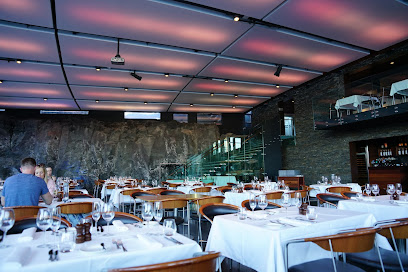
Kaffi Duus
Discover authentic Icelandic cuisine at Kaffi Duus in Keflavík – where delicious food meets breathtaking views.
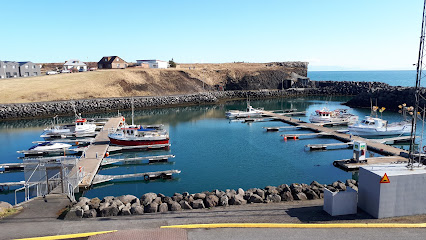
Northern Light Inn & Max's Restaurant
Discover exceptional dining and wellness at Northern Light Inn & Max's Restaurant amidst Iceland’s stunning landscapes.
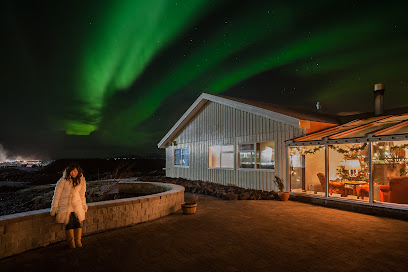
Fish House | Bar & Grill
Discover exquisite seafood and grill specialties at Fish House | Bar & Grill in Grindavik, where fresh flavors meet stunning views.
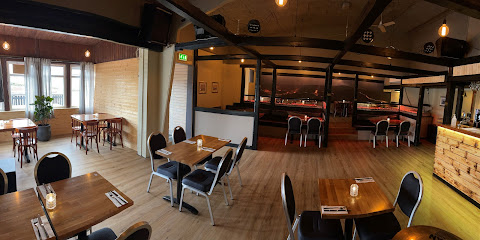
Langbest
Discover the flavors of Iceland at Langbest – a charming restaurant in Keflavík known for its fresh ingredients and authentic dishes.
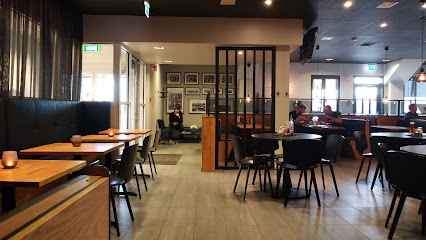
Salthúsið
Discover authentic Icelandic flavors at Salthúsið in Grindavík – where local ingredients meet culinary creativity.
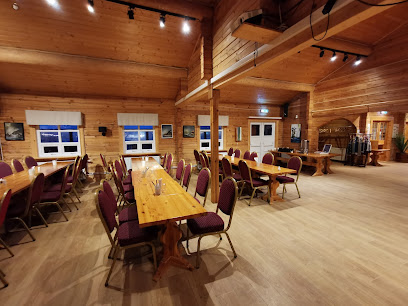
hjá höllu
Discover the best of Scandinavian vegetarian cuisine at Hjá Höllu in Grindavík – where healthy meets delicious in every bite.

Veitingahúsið Brúin
Discover the flavors of Iceland at Veitingahúsið Brúin in Grindavik - where local ingredients meet exceptional culinary creativity.
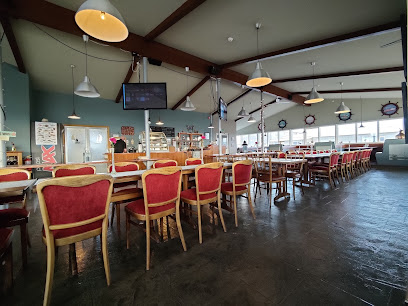
Hérastubbur Bakarí
Discover delicious traditional pastries and coffee at Hérastubbur Bakarí in Grindavík – an essential stop for every traveler in Iceland.
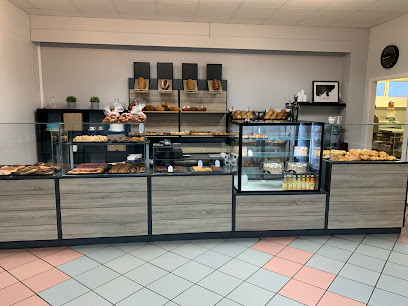
Moss Restaurant
Experience the essence of Icelandic cuisine at Moss Restaurant in Grindavík - where local flavors meet breathtaking views.
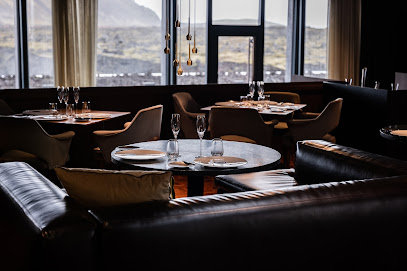
Stapagrill
Discover the flavors of Iceland at Stapagrill – a cozy diner offering budget-friendly meals in the heart of Keflavík.
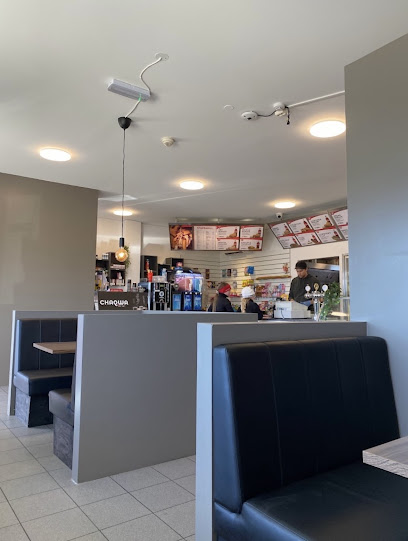
Aðal-Braut
Discover Aðal-Braut in Grindavík: A fast food gem offering delicious bites amidst Iceland's stunning landscapes.
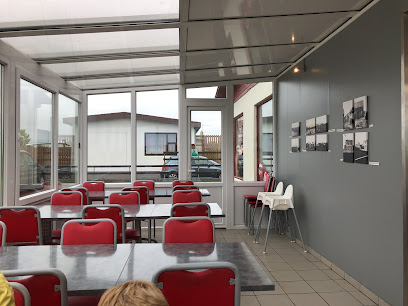
Kim Yong Wings
Experience authentic Icelandic flavors at Kim Yong Wings in Vogar – where fresh ingredients meet exceptional culinary artistry.
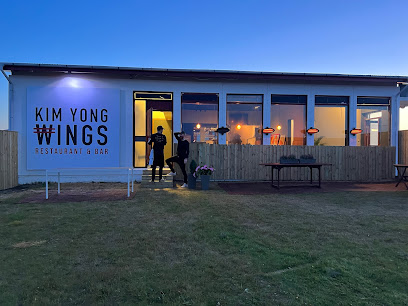
Markets, malls and hidden boutiques
Nettó
Explore Nettó in Grindavík for a variety of local and international groceries, perfect for your Icelandic adventure.
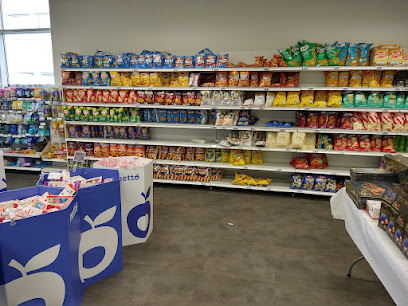
Duty Free
Discover unbeatable deals on luxury goods and unique Icelandic products at the Duty Free store in Keflavík, the ultimate shopping stop for travelers.
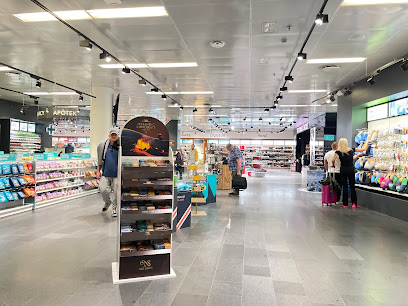
GeoSilica Iceland
Explore GeoSilica Iceland for unique silica products and authentic Icelandic gifts, celebrating the beauty of nature and well-being in every purchase.
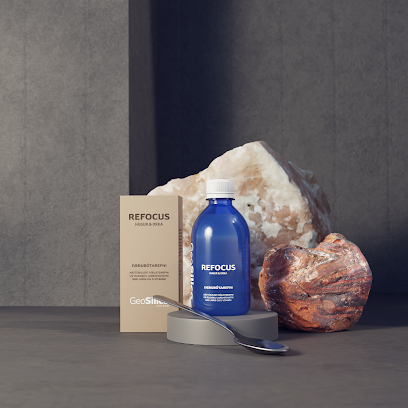
Aðal-Braut
Discover fast food delights at Aðal-Braut in Grindavík, Iceland, where flavors meet adventure in a cozy setting.
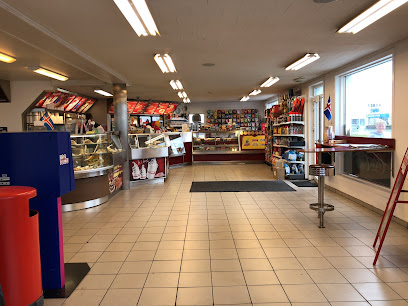
Stapafell
Explore Stapafell in Keflavík: A treasure trove of Icelandic gifts and souvenirs, perfect for capturing your travel memories.
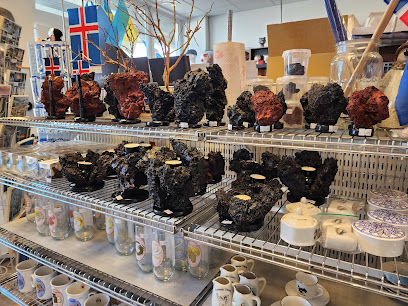
Kvikan (Saltfish Museum) & Tourist Information Center
Explore Iceland's fishing heritage at Kvikan, the Saltfish Museum and Tourist Information Center in Grindavik, where culture meets adventure.
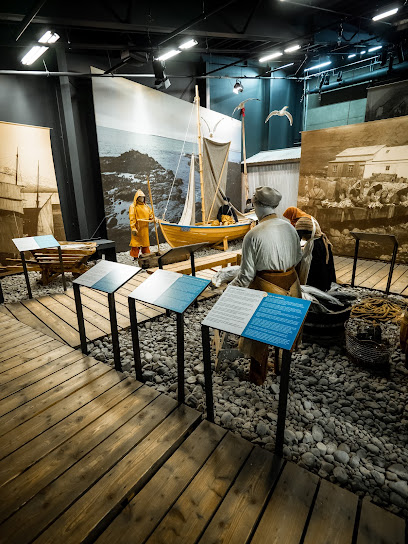
Rammagerdin Iceland Giftstore
Explore Rammagerdin Giftstore for a unique selection of authentic Icelandic souvenirs and home goods, capturing the essence of Iceland's rich culture.
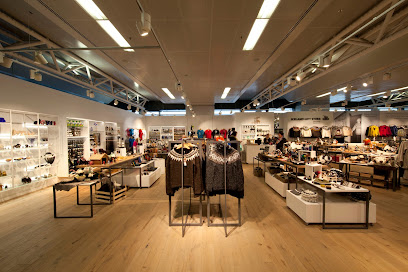
Orkan
Conveniently located in Grindavík, Orkan offers 24/7 fuel, snacks, and essentials for travelers exploring Iceland's breathtaking landscapes.
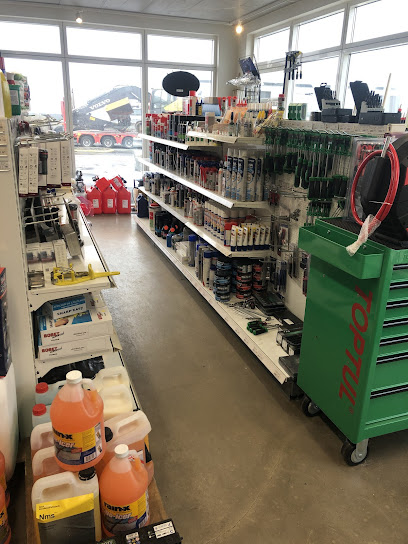
Urta Islandica - Sea and salt workshop
Explore the flavors of Iceland at Urta Islandica, Keflavík's premier gourmet grocery store showcasing local ingredients and artisanal products.
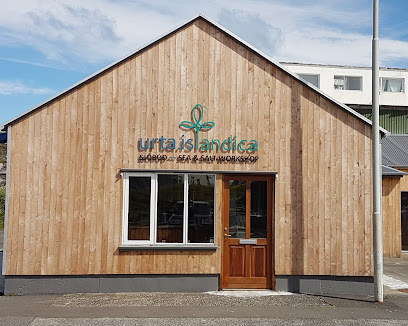
Skartsmidjan
Explore Skartsmidjan in Keflavík, a haven for craft lovers with unique supplies and local artisan treasures to inspire your creativity.
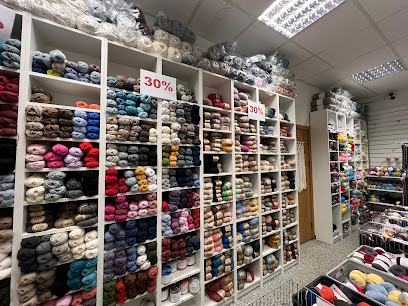
Víkurbásar
Explore Víkurbásar in Keflavík for unique second-hand clothing and sustainable fashion choices that tell a story.
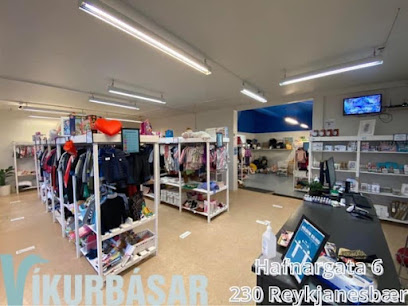
66°North
Shop 66°North for premium outerwear that combines style and functionality, perfect for your Iceland adventure.
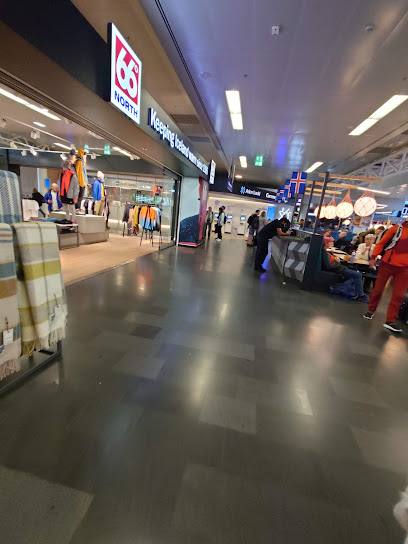
Skýjaborgir Vape Shop
Experience the best of vaping culture at Skýjaborgir Vape Shop in Keflavík, offering an extensive range of products in a welcoming environment.

Draumaland
Discover unique Icelandic treasures at Draumaland, a charming gift shop in Keflavík, offering handcrafted souvenirs and local artistry.
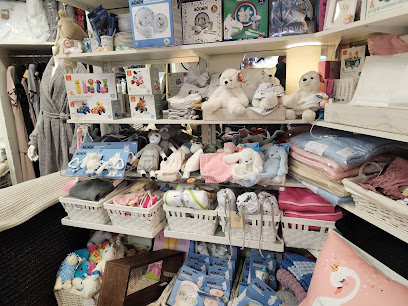
Handverk Duus
Discover unique handmade crafts at Handverk Duus, Keflavík's charming gift shop showcasing authentic Icelandic artistry.

Essential bars & hidden hideouts
Café Bryggjan
Experience the flavors of Iceland at Café Bryggjan, where fresh seafood and stunning sea views create an unforgettable dining experience.
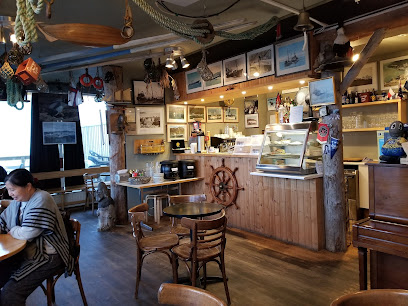
Papas' Restaurant
Discover the culinary delights of Papas' Restaurant in Grindavik, where family-friendly dining meets delicious fish and chips, burgers, and more!
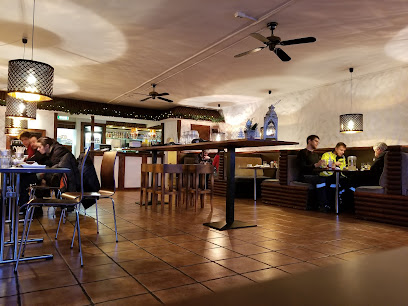
Lava Restaurant
Experience the finest Icelandic cuisine at Lava Restaurant, where breathtaking views meet culinary excellence in the heart of Grindavik.
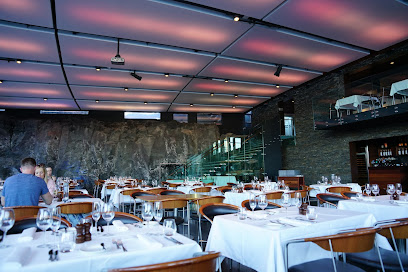
Northern Light Inn & Max's Restaurant
Discover Iceland's breathtaking landscapes from the comfort of the Northern Light Inn & Max's Restaurant, where adventure meets relaxation.
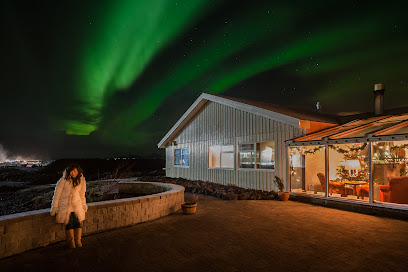
Fish House | Bar & Grill
Experience the best of Icelandic cuisine at Fish House | Bar & Grill, where fresh seafood meets warm hospitality in Grindavik.

Salthúsið
Discover the flavors of Iceland at Salthúsið, a standout restaurant in Grindavík offering delicious local dishes in a cozy atmosphere.
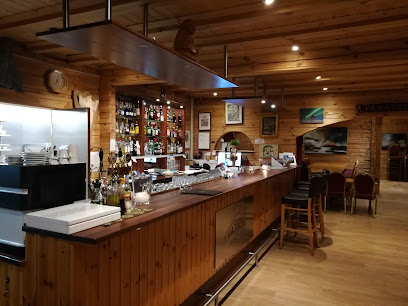
hjá höllu
Discover the perfect blend of Scandinavian and vegetarian cuisine at Hjá Höllu, a top restaurant in Grindavík, Iceland.

Paddy's Beach Pub
Experience the thrill of sports and delectable dining at Paddy's Beach Pub, Keflavík's premier destination for fun and flavor.
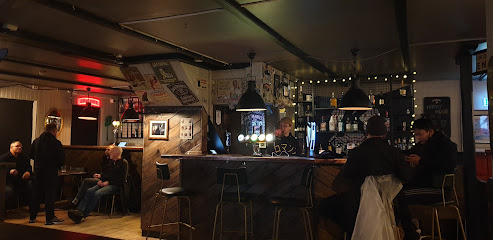
Veitingahúsið Brúin
Experience the best of Icelandic cuisine at Veitingahúsið Brúin in Grindavik, where every dish tells a story of local tradition and flavor.

Moss Restaurant
Experience the essence of Icelandic cuisine at Moss Restaurant, where artful dishes meet stunning views in the heart of Grindavík.
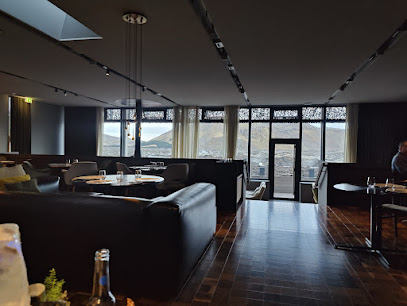
Loksins Café & Bar
Discover Icelandic hospitality at Loksins Café & Bar, the perfect airport stop for drinks and local flavors.
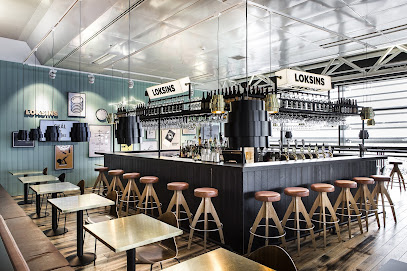
Grund
Discover the perfect blend of comfort and adventure at Grund Guest House in Grindavík, Iceland's gateway to stunning natural wonders.
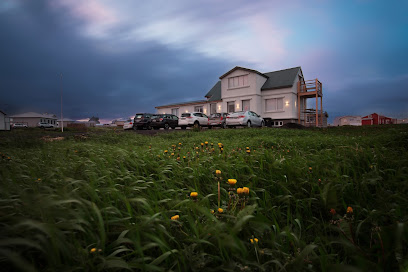
Aðal-Braut
Discover Aðal-Braut, a fast food gem in Grindavík, where quick meals fuel your Icelandic adventures with delicious flavors.
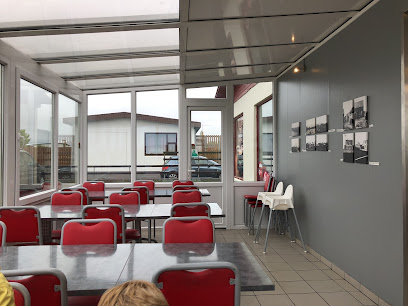
Hótel Grindavik
Experience the warmth of Grindavik at Hótel Grindavik, your gateway to Iceland's stunning landscapes and geothermal wonders.

Sjómannastofan Vör
Discover the authentic taste of Iceland at Sjómannastofan Vör, where local flavors meet a cozy atmosphere in Grindavik.
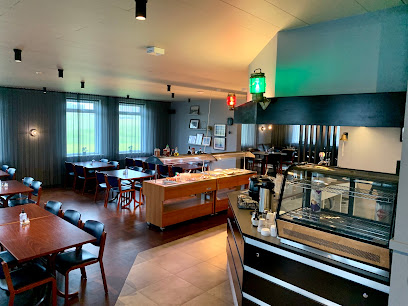
Travel experiences inspired by this city
Explore more travel diariesLocal Phrases
-
- HelloHalló
[ha-tloh] - GoodbyeBless
[bless] - YesJá
[ya] - NoNei
[nay] - Please/You're welcomeGjörðu svo vel
[gyor-thoo s-vaw vel] - Thank youTakk fyrir
[tahk fir-ir] - Excuse me/SorryAfsakið
[af-sah-kith] - How are you?Hvernig hefur þú það?
[kver-nik heh-ver thoo thahd] - Fine. And you?Í lagi. Og þú?
[ee lah-gee. ohg thoo] - Do you speak English?Talar þú ensku?
[tah-lar thoo en-skoo] - I don't understandÉg skil ekki
[yeh skil ek-ki]
- HelloHalló
-
- I'd like to see the menu, pleaseÉg ætla að skoða matseðilinn, takk
[yeh aiht-la ath skoh-tha mat-se-thil-inn tahk] - I don't eat meatÉg borða ekki kjöt
[yeh bortha ek-ki chot] - Cheers!Skál!
[skowl] - I would like to pay, pleaseÉg væri til í að greiða, takk
[yeh vair-ih til ee ath gray-tha tahk]
- I'd like to see the menu, pleaseÉg ætla að skoða matseðilinn, takk
-
- Help!Hjálp!
[hyowlp] - Go away!Farðu burt!
[far-thoo buhrt] - Call the Police!Hringdu í lögregluna!
[hring-duh ee leuh-grehl-una] - Call a doctor!Hringdu til læknis!
[hring-duh til laik-nis] - I'm lostÉg er villtur
[yeh air vill-thur] - I'm illÉg er veikur
[yeh air vay-kur]
- Help!Hjálp!
-
- I'd like to buy...Ég ætla að kaupa...
[yeh aiht-la ath koy-pa] - I'm just lookingÉg er bara að skoða
[yeh air bah-rah ath skoh-tha] - How much is it?Hvað kostar það?
[kvath koh-star thahd] - That's too expensiveÞað er of kostlegt
[thath air ohf koh-stlehgt] - Can you lower the price?Getur þú lækkað verðið?
[gehthur thoo laik-kaeth ver-thith]
- I'd like to buy...Ég ætla að kaupa...
-
- What time is it?Hvað er klukkan?
[kvath air kloh-kahn] - It's one o'clockKlukkan er eitt
[kloh-kahn air ayht] - Half past (10)Hálf tíu
[howlf tee-oo] - MorningMorgunn
[mor-gunn] - AfternoonSíðdegis
[seeth-deh-gis] - EveningKvöld
[kvuld] - YesterdayÍ gær
[ee gighr] - TodayÍ dag
[ee dahg] - TomorrowÁ morgun
[ow mor-gun] - 1Eitt
[ayht] - 2Tvö
[tvo] - 3Þrjú
[thryoo] - 4Fjögur
[fyo-gur] - 5Fimm
[fihm] - 6Sex
[sehx] - 7Sjö
[syoh] - 8Átta
[ow-tha] - 9Níu
[nee-uh] - 10Tíu
[tee-oo]
- What time is it?Hvað er klukkan?
-
- Where's a/the...?Hvar er...
[kvar air] - What's the address?Hvað er heimilisfangið?
[kvath air hay-mih-lis-fahn-gith] - Can you show me (on the map)?Getur þú sýnt mér (á kortinu)?
[gehthur thoo seeynt mair (ow kort-inu)] - When's the next (bus)?Hvenær kemur næsta (strætisvagn)?
[kver-nighr kheh-mur nigh-sta (strai-tis-vahn)] - A ticket (to ....)Einn miða (til ....)
[aythn meeth-a (til)]
- Where's a/the...?Hvar er...
History of Grindavik
-
Grindavik's history dates back to the early settlement period of Iceland, around the 10th century. The town's name is believed to derive from the Old Norse words for 'bay' and 'grind', possibly referring to the fish drying racks that have been a staple of the local economy for centuries. Fishing has always been the backbone of Grindavik's economy, with the town flourishing as a fishing hub due to its excellent location along the Reykjanes Peninsula. Archaeological findings have uncovered remnants of early fishing practices and settlement structures, providing a glimpse into the lives of the first inhabitants.
-
During the medieval period, Grindavik became an important site for trade, particularly with English and German merchants. The town's coastal location made it a prime spot for exchanging fish and other goods. However, this period was not without conflict. The 15th and 16th centuries saw a series of confrontations known as the 'Cod Wars' between Icelandic and English fishermen. These skirmishes were primarily over fishing rights and access to the rich fishing grounds around Grindavik. The town's history is marked by these turbulent times, which shaped its development and resilience.
-
The 16th century brought significant religious changes to Iceland, including Grindavik. The Reformation led to the country’s transition from Catholicism to Lutheranism. This shift had profound impacts on the town's religious practices and institutions. Monasteries and churches were repurposed or dismantled, and new Lutheran churches were established. The changes in religious structure also influenced the social and cultural life of Grindavik's inhabitants, embedding new traditions and altering community dynamics.
-
The 19th century marked a period of modernization for Grindavik. Advances in fishing technology, including the introduction of decked fishing boats and improved processing methods, revolutionized the industry. The town expanded its infrastructure to support the growing fishing economy, including the construction of new harbors and fish processing facilities. This era also saw the development of better transportation links, connecting Grindavik more effectively with the rest of Iceland and facilitating trade and travel.
-
One of the most dramatic events in Grindavik’s history was the devastating fire of 1929. The blaze destroyed much of the town's infrastructure, including homes, fishing warehouses, and community buildings. The fire was a significant setback for the residents, who were forced to rebuild their lives and livelihoods from the ashes. However, the reconstruction period that followed saw the introduction of modern building materials and techniques, leading to a more resilient and better-planned town structure.
-
In more recent history, Grindavik has become famous for the Blue Lagoon, a geothermal spa that attracts visitors from all over the world. The lagoon was formed in 1976 during the operation of the nearby Svartsengi geothermal power plant. What began as a local secret quickly gained international attention for its unique milky blue waters and therapeutic properties. The Blue Lagoon has since become a symbol of Iceland’s innovative use of geothermal energy and has significantly boosted Grindavik’s tourism industry.
-
Today, Grindavik continues to thrive as a fishing town while embracing its role as a major tourist destination. The town’s economy is a blend of traditional fishing practices and modern tourism services, offering a unique experience for visitors. Grindavik is home to several cultural attractions, including the Saltfisksetrid Museum, which delves into the history of saltfish production, and the Gunnuhver geothermal area, known for its dramatic steam vents and boiling mud pots. The town’s rich history and stunning natural beauty make it a captivating destination for history enthusiasts and travelers alike.
Grindavik Essentials
-
Grindavik is located on the southwestern coast of Iceland, about 50 kilometers from Reykjavik. The nearest international airport is Keflavik International Airport (KEF), which is approximately 20 kilometers away. From the airport, you can take a taxi, rent a car, or use a shuttle service to reach Grindavik. The journey typically takes around 20 to 30 minutes by road. Public buses also operate between Keflavik and Grindavik, offering a cost-effective option for travelers.
-
Grindavik is a small town, making it easy to explore on foot. For longer trips, local taxis are available, and car rentals can be arranged for greater flexibility. Public buses connect Grindavik to nearby towns and Reykjavik. Biking is another popular option for getting around, especially during the summer months when the weather is favorable.
-
The official currency in Iceland is the Icelandic Krona (ISK). Credit cards are widely accepted in Grindavik, including in hotels, restaurants, and shops. It is advisable to carry some cash for smaller establishments or in case of technical issues with card payments. ATMs are available in town where you can withdraw ISK.
-
Grindavik is generally a safe destination for tourists. However, as with any travel destination, it is wise to take standard precautions. Avoid walking alone at night in secluded areas and keep an eye on your belongings in crowded places. There are no specific high-crime areas targeting tourists in Grindavik, but staying vigilant is always recommended.
-
In case of emergency, dial 112 for immediate assistance, which connects you to police, fire, and medical services. The local police station and medical facilities are available in Grindavik. It is advisable to have travel insurance that covers medical emergencies. For minor health issues, there are pharmacies in town where you can purchase over-the-counter medications.
-
Fashion: Do dress in layers and be prepared for changing weather conditions. Avoid wearing overly flashy clothing. Religion: Do respect local customs and traditions. Icelanders are generally secular, but respect for religious sites is appreciated. Public Transport: Do be punctual as buses run on a strict schedule. Don’t eat or drink on public transport. Greetings: Do greet people with a friendly 'hello' or 'hæ'. A firm handshake is also common. Eating & Drinking: Do try local delicacies and be open to Icelandic cuisine. Don’t refuse food offerings, as it may be considered impolite.
-
To experience Grindavik like a local, visit the local fish market to sample fresh seafood. The Blue Lagoon, a world-famous geothermal spa, is a must-visit. Engage with locals, as they are often friendly and willing to share insights about the town. Don't miss exploring the nearby Reykjanes Peninsula, known for its volcanic landscapes and unique geological formations.
Nearby Cities to Grindavik
-
Things To Do in Keflavik
-
Things To Do in Hafnarfjordur
-
Things To Do in Kopavogur
-
Things To Do in Reykjavik
-
Things To Do in Hveragerdi
-
Things To Do in Selfoss
-
Things To Do in Borgarnes
-
Things To Do in Olafsvik
-
Things To Do in Stykkisholmur
-
Things To Do in Vik
-
Things To Do in Blonduos
-
Things To Do in Saudarkrokur
-
Things To Do in Isafjordur
-
Things To Do in Akureyri
-
Things To Do in Dalvik













